Backyard Homesteading Adventures (intro to Hugelkultur and Polyculture)
I love gardening. It's not just the reaping what I sow, but the process of breaking the earth and seeing the rich soil full of life. It's a great way to work off excessive energy; move a ton of soil and you'll know you're alive :)
One of the most informative resources I found is the website Permies.com and their stores of knowledge, especially regarding the gardening technique known as Hugelkultur.
From Permies.com's sister site, Richsoil.com, Hugelkultur is defined as:
Hugelkultur is nothing more than making raised garden beds filled with rotten wood. This makes for raised garden beds loaded with organic material, nutrients, air pockets for the roots of what you plant, etc. As the years pass, the deep soil of your raised garden bed becomes incredibly rich and loaded with soil life. As the wood shrinks, it makes more tiny air pockets - so your hugelkultur becomes sort of self tilling. The first few years, the composting process will slightly warm your soil giving you a slightly longer growing season. The woody matter helps to keep nutrient excess from passing into the ground water - and then refeeding that to your garden plants later. Plus, by holding SO much water, hugelkultur could be part of a system for growing garden crops in the desert with no irrigation.
See, the funny thing about me getting into Hugelkultur is based on this:
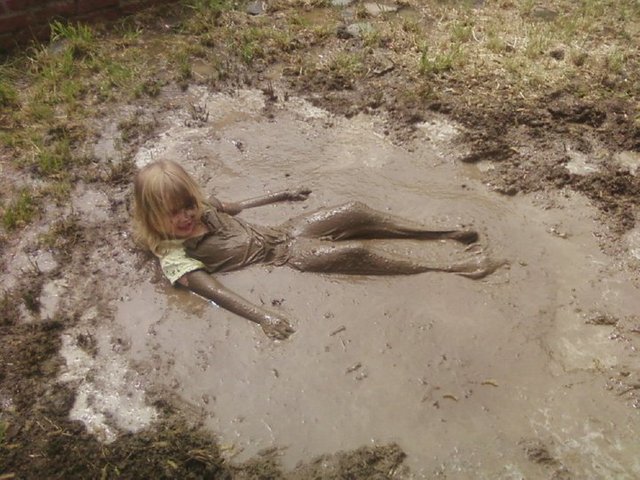
I wanted a small veggie garden. Borrowed a rototiller, worked my plot. Went inside, made a cake (pineapple upsidedown cake, in case you were wondering) and didn't go back outside for a while. If you're a parent, you know when you kids are quiet it either means they are up to no good or sleeping.
Well, I didn't hear my kiddo. But I heard the sound of the water running out back. When I went out there, I found that my kiddo made herself a mud wallow out of my freshly tilled garden plot.
Just saying the kid is lucky that I hadn't planted yet because it took three freaking weeks for that soil to dry out enough for me to till it again (which is horrible for the soil, being that it's composed of layers of microbial activity and tilling really messes with the health of soil by flipping off all those layers of microbes and bacteria doing their thing to improving the ground)... by that time I had to give back the tiller.
So, three weeks after the wallow dried out, I had nothing but brute strength, a shovel, and a garden rake.
At this time, I hadn't heard of permaculture, hugelkultur, or anything of the like. Just straight, old fashioned gardening. Dug up three plots, dividing them with a walkway of stones.
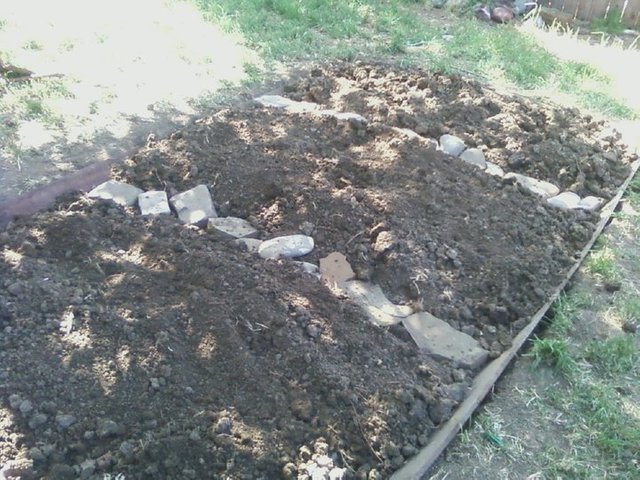
You can see how clay-filled the soil is with the plot furthest away from the camera-- no way anyone could mistake the soil as "loamy"... but I stuck tomatoes there anyhow. Went with Sungolds and Green Zebras.
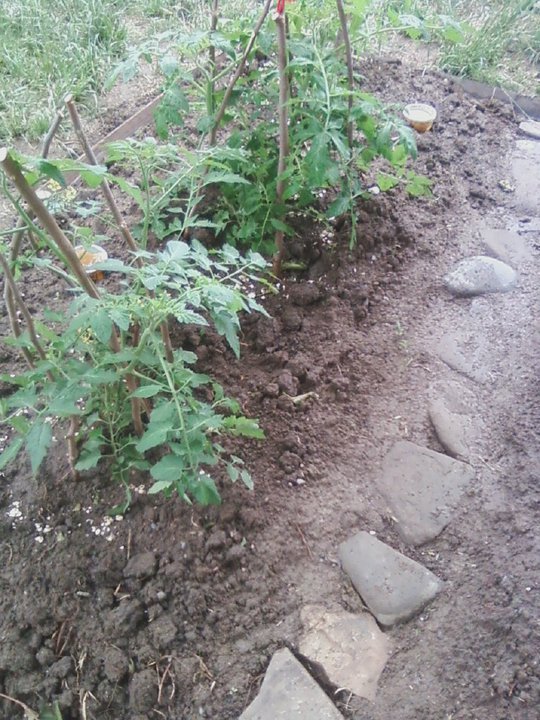
You can see the slug traps-- solo cups of cheap beer that draw slugs and drown them. The white bits around the plants are crushed egg shell which serves as a physical deterrent to keep slugs and snails at bay, plus it helps put calcium in the ground for plant health.
The tomatoes did okay. The garden produced. Not enough to make me happy, but I found working in it to be cathartic. In my search for gardening knowledge, I stumbled across permies.com and started devouring the information available. And come the next early spring, I found myself using a different gardening technique.
Instead of three plots, I made two, plus a hard-packed walkway separating the two. The largest was a hugelkultur bed made with found logs, fallen leaves, and a ton of soil that I moved (by shovel) to make room for the wood. I dug down about a foot and a half, laid the logs, raked in the leaves (mostly fruitless mulberry) and then shoveled the soil into place, mixing in mushroom compost.
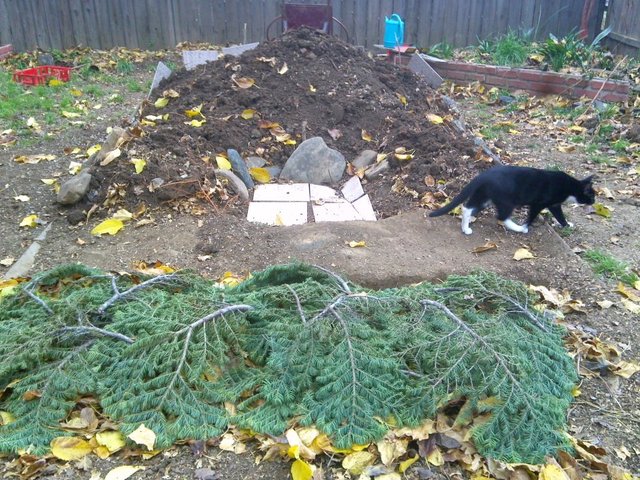
The smaller plot was dug to a depth of three feet, and served as a worm compost pit-- vegetation scraps would be mixed into the soil (or thrown on top) and I covered it with the chopped off branches of our Yule tree, thereby recycling it to some extent while creating a microclimate to help decompose all that vegetation into delicious tidbits for earthworms to chomp upon.
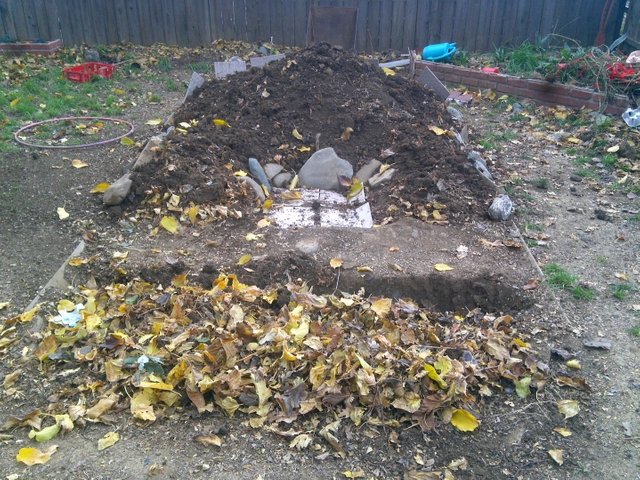
We would do periodic checks of the worm pit by removing a one foot square amount of soil from it and count the worms. My kiddo loved that job.
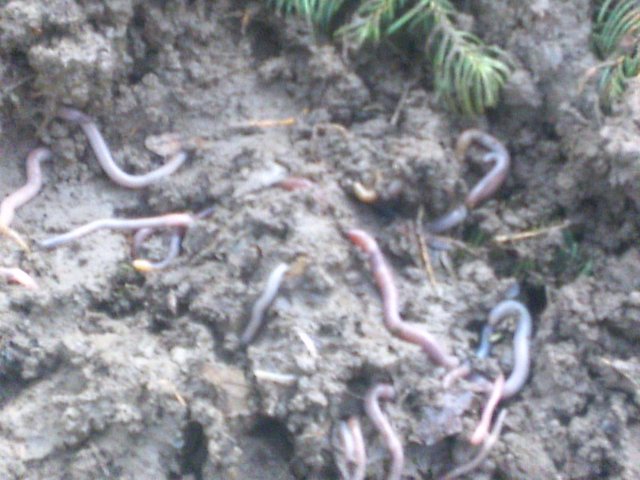
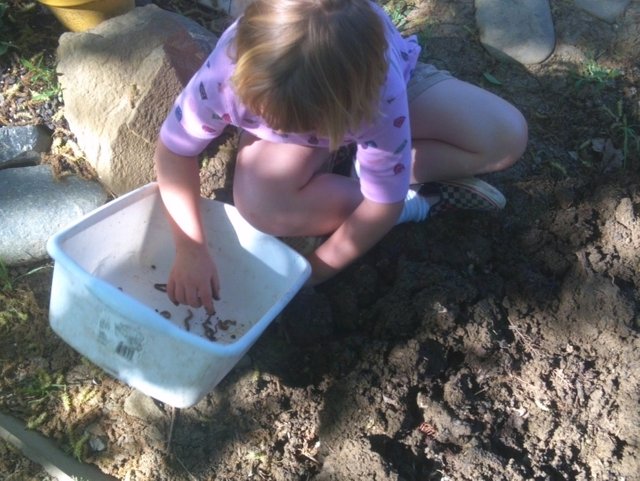
Lined the main bed with rocks and used left over tiles to create little terraces, which I planted with strawberries.
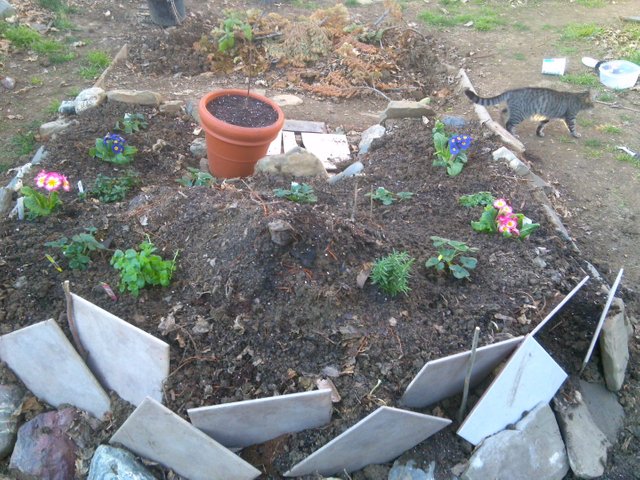
The main "hump" of the hugelbed was planted with some short lived annuals, some herbs such as rosemary, thyme, lemon balm, catnip, and sage, and perennials such as thornless blackberries. Even planted squash and some freesia bulbs.
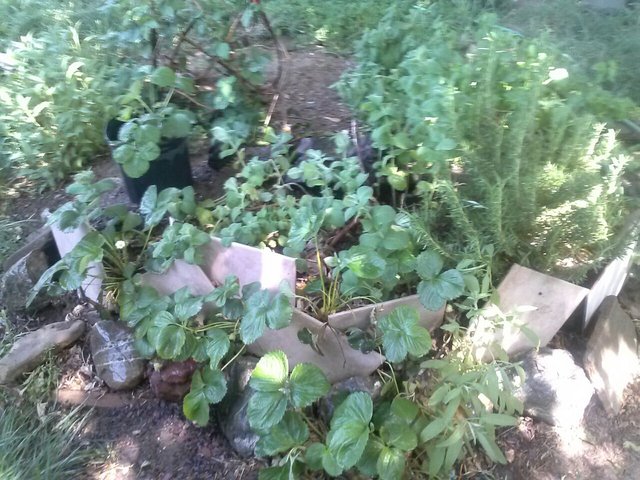
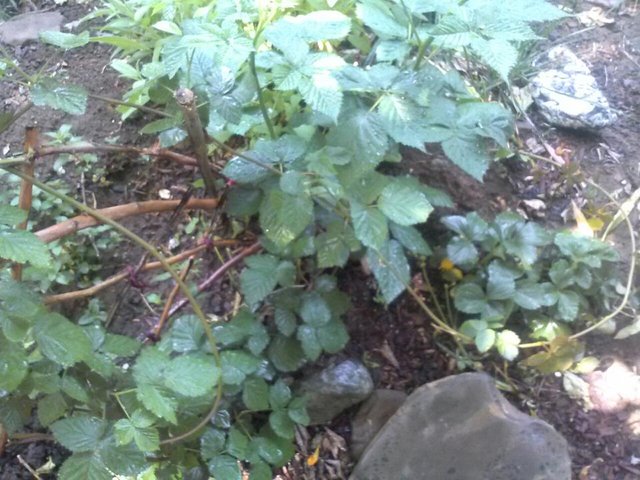
The strawberries were pretty happy, given by the number of fruit produced and how they shot out runners. Found that the little shelves created by the rocks meant I could set a solo cup of soil from the worm bed into a nook and guide the runner to it and set roots.
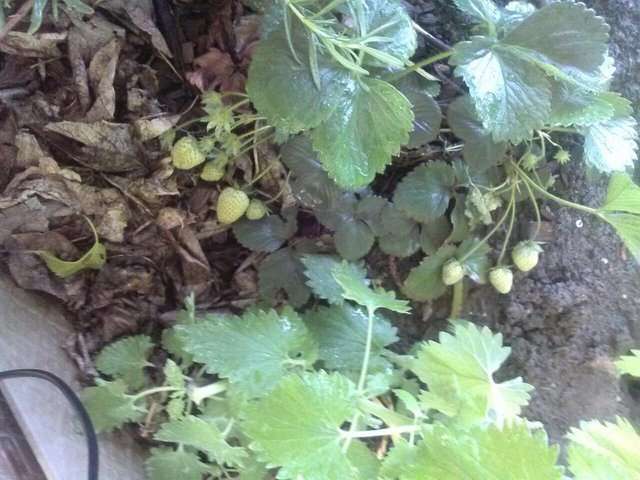
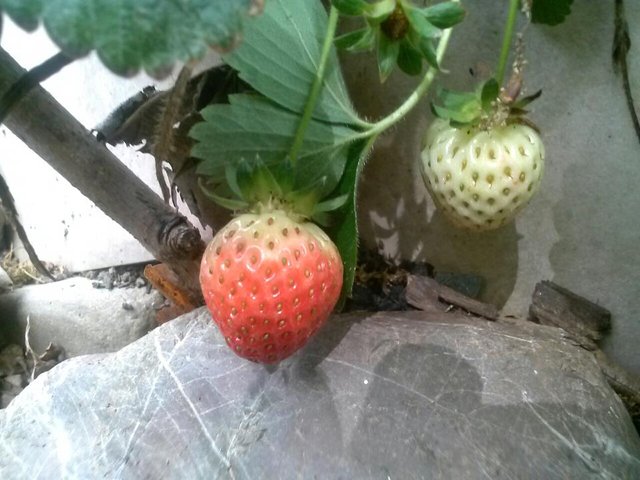
A side effect of using mushroom compost in conjunction with old wood is that it rejuvenates the mycelium and little mushroomies start shooting up in damp weather.
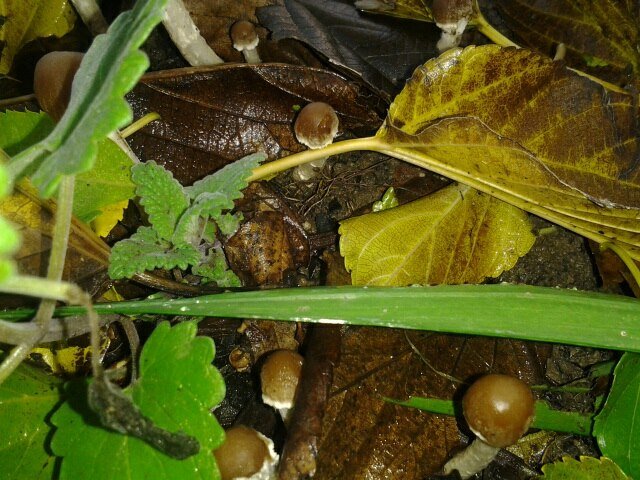
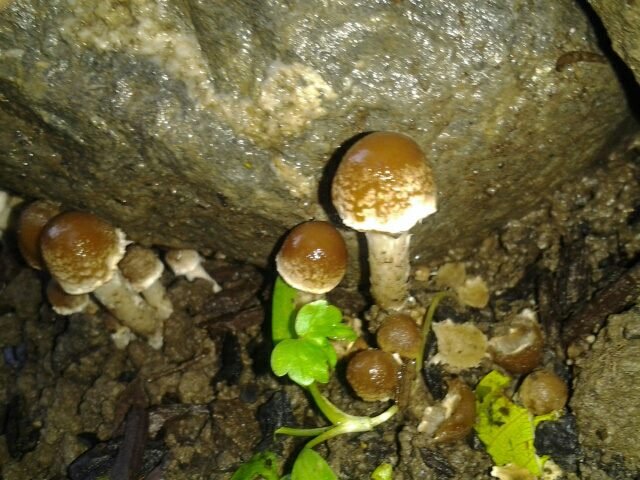
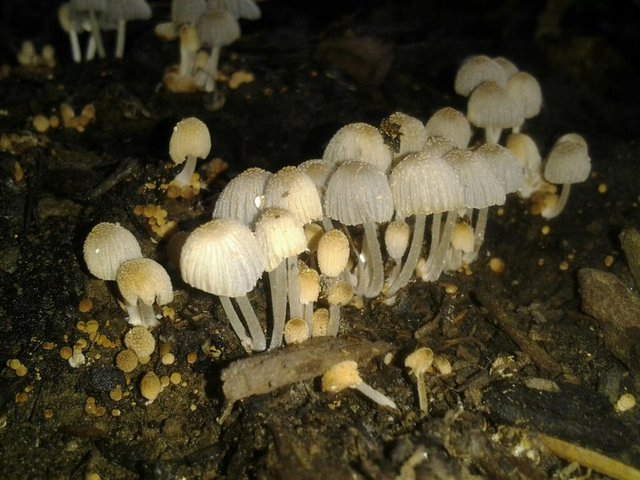
What I found interesting with my polyculture was that I noticed the diversity of six-legged critters, such as this tiny (TINY!) wasp loving squash pollen.
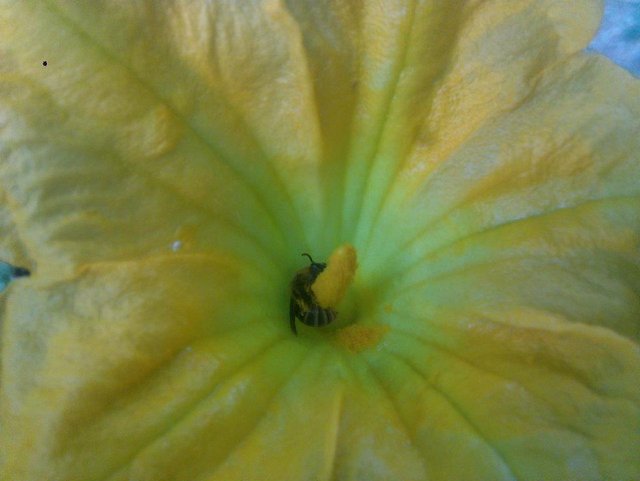
All in all, if you are inclined toward gardening during the summer months, I highly recommend the Hugelkultur method of bed preparation. Yes, it's a more intensive set up, but with how the rotted wood acts as a sponge to collect water, it helps cut back on water usage. During the first year, a lot of nitrogen gets locked up as the carbon in the wood decomposes, so one should supplement with appropriate fertilizer. I'm very fond of fish emulsion. Smells like funky canned cat food, but plants LOVE it. For example, here's two hibiscus I planted. Bought them at the same time. Same variety, just a different color. One was a control plant with no fish emulsion, the other plant got a super-charged dose before setting flower buds. I think the pics speak for themselves.
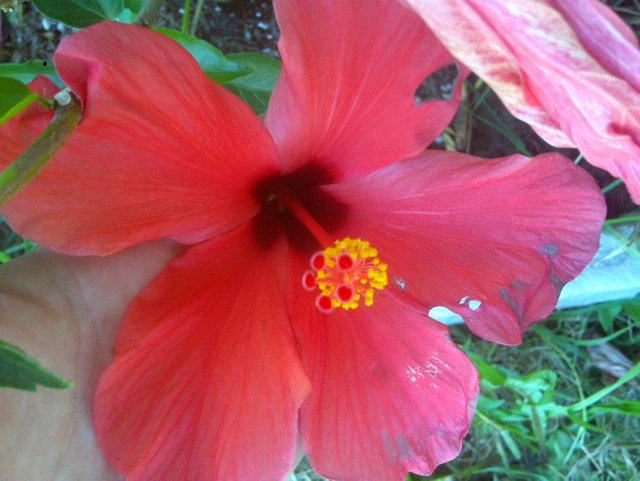
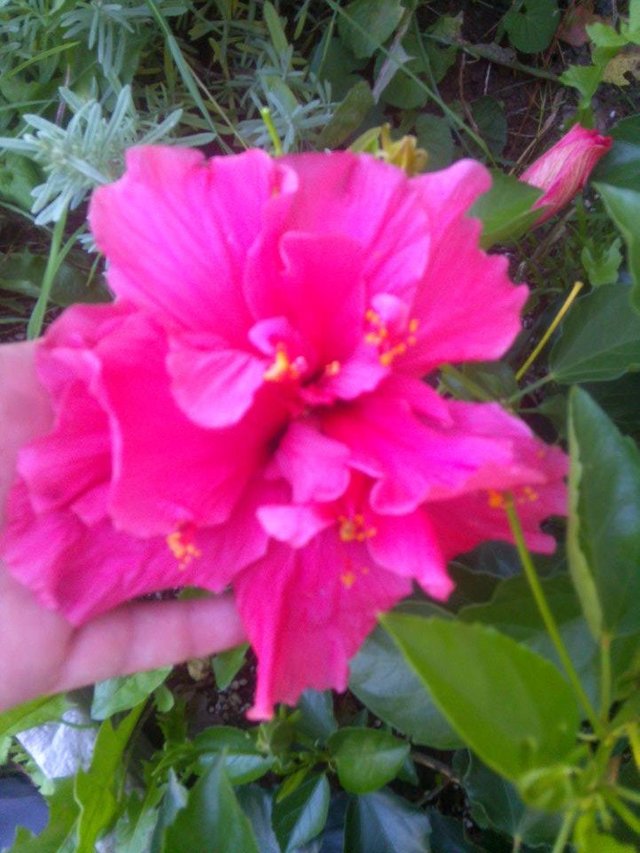
These were not planted in the Hugelbed. These were in heavy clay soil with little amendment.
If you have the time and inclination, by all means, experiment with what you can do growing awesome stuff in your backyard. It's a family-friendly adventure that even the kids can enjoy!
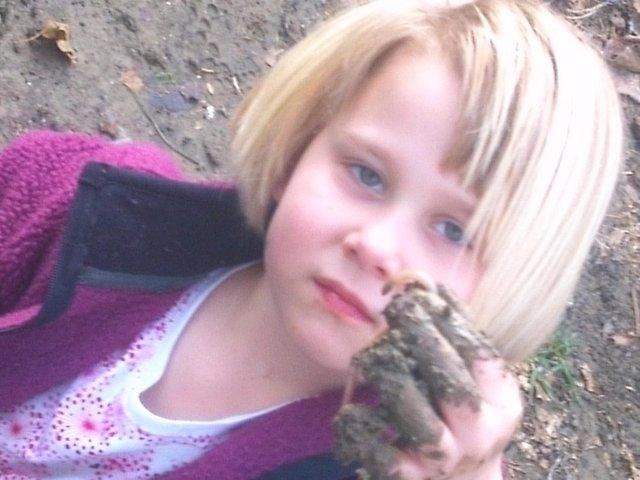
Happy Gardening Adventures!
Upvoted by @gardening-trail
Thank you for following and upvoting @gardening-trail
Read our guidelines here. Join us In the Gardening-Trail and let's discuss Gardening Related Topics
Hello @mandireiserra,
Congratulations! Your post has been chosen by the communities of SteemTrail as one of our top picks today.
Also, as a selection for being a top pick today, you have been awarded a TRAIL token for your participation on our innovative platform...STEEM.
Please visit SteemTrail to get instructions on how to claim your TRAIL token today.
If you wish to not receive comments from SteemTrail, please reply with "Stop" to opt out.
Happy TRAIL!
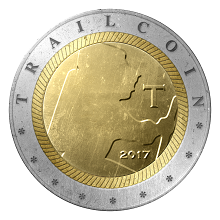
This post has been ranked within the top 50 most undervalued posts in the second half of Feb 08. We estimate that this post is undervalued by $8.63 as compared to a scenario in which every voter had an equal say.
See the full rankings and details in The Daily Tribune: Feb 08 - Part II. You can also read about some of our methodology, data analysis and technical details in our initial post.
If you are the author and would prefer not to receive these comments, simply reply "Stop" to this comment.
Thanks for the info! I hadn't heard of this method before. Soil is pretty dead here. I like this idea.
I've never heard of this method of gardening before either. It's quite intriguing!
I laughed when I saw the pic of your kid in the mud. Boy, oh boy do I remember the trouble they got into when they were being SUPER QUIET. I just followed you in hopes of learning more (for when I start my garden.) :D
Nice article and photos! Here in Oregon's Willamette Valley, it is so wet in the winter and so dry in the summer -- hugelkultur seems like a great approach for some parts of my garden. The big attraction for me is the water-holding capacity of that rotten wood. I have a lot of rotten wood to use -- and it is definitely saturated now! I've got a low-lying spot in mind and will be building it, as soon as we get a single day without rain, rain, rain, lol!
Here are a few linkies relating to hugelkultur. Hope you have much success with it-- it's a pretty awesome system, imho!
https://richsoil.com/hugelkultur/
https://permies.com/forums/search/search/-1?match_type=all&sort_by=time&q=hugelkultur&groupByTopic=true
Thanks! Now if the rain would just stop so I can move the soil. But at least my wood is getting really saturated and rotten. : )
Excellent post. Thanks a lot for telling us how you have fared into the world of hugel gardening :) It gives me the motivation to do my own hugels.
Thanks again, followed and resteemed!